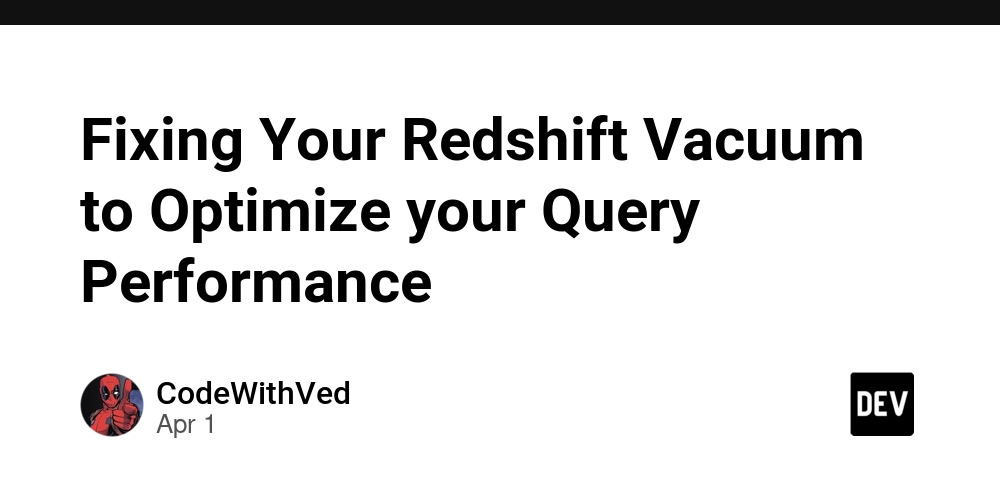Dev
1d
334

Image Credit: Dev
Fixing Your Redshift Vacuum to Optimize your Query Performance
- Long running vacuums in Redshift can slow down queries significantly, impacting ETL jobs and analytical queries.
- Vacuum is an I/O intensive process that sorts tables and reclaims disk space, affecting other processes.
- Tips to optimize vacuum time include using sortkeys, distkeys, and following specific vacuum strategies.
- Vacuum includes steps like sorting tables and reclaiming disk blocks, crucial for performance.
- Inserting data in sortkey order reduces the need for extensive merging during vacuum.
- Compression encodings like Zstandard provide disk space savings and faster query performance.
- Consider deep copying instead of vacuuming for tables with large unsorted sections.
- Analyze after vacuuming to update query planner stats for improved performance.
- Push vacuum to 99% on large tables with low daily insert volume to optimize performance.
- Keeping tables skinny by removing unused columns can improve vacuum and query performance.
Read Full Article
20 Likes
For uninterrupted reading, download the app